Rainman
TPF Noob!
Canonrebel,
I just happened across this image of a stalking coyote which in some ways is a near duplicate of yours - solitary canine with an alert expression surrounded by grass.
http://www.blackrabbit.com/helen.htm
Some elements that make it effective.
1. Lovely grass texture and pattern.
2. Angle and quality of light and how it plays on the grass.
3. Contrast between subject and background.
4. Expression is not just alert, but INTENSE.
5. Space for the subject to look into, which is also one of our thirds. That apparently empty third, or ninth, I guess, is actually occupied. In it you can almost see the mouse that has caught his attention. Because it is inside the frame and the subject's attention is riveted on it so intently, it becomes a very real part of the image even though we can't actually see it.
6. Note also how the coyote's line of sight and head angle is complemented by the angle of the surrounding grass.
I envy experienced photographers who can see these possibilities in advance. I am trying to learn. Sure this image was taken by a seasoned professional. This is how we learn. Looking at lots of photos taken by those who know what they are doing, figuring out what makes them work. Taking a lot of photos ourselves, picking out the ones we think are effective, then submitting them for comment.
Comment added later: In looking back over this post I discovered that without even realizing it I listed examples of most of the basic "rules" of composition we have mentioned. Funny how they keep cropping up. Maybe there is something to them after all.
I just happened across this image of a stalking coyote which in some ways is a near duplicate of yours - solitary canine with an alert expression surrounded by grass.
http://www.blackrabbit.com/helen.htm
Some elements that make it effective.
1. Lovely grass texture and pattern.
2. Angle and quality of light and how it plays on the grass.
3. Contrast between subject and background.
4. Expression is not just alert, but INTENSE.
5. Space for the subject to look into, which is also one of our thirds. That apparently empty third, or ninth, I guess, is actually occupied. In it you can almost see the mouse that has caught his attention. Because it is inside the frame and the subject's attention is riveted on it so intently, it becomes a very real part of the image even though we can't actually see it.
6. Note also how the coyote's line of sight and head angle is complemented by the angle of the surrounding grass.
I envy experienced photographers who can see these possibilities in advance. I am trying to learn. Sure this image was taken by a seasoned professional. This is how we learn. Looking at lots of photos taken by those who know what they are doing, figuring out what makes them work. Taking a lot of photos ourselves, picking out the ones we think are effective, then submitting them for comment.
Comment added later: In looking back over this post I discovered that without even realizing it I listed examples of most of the basic "rules" of composition we have mentioned. Funny how they keep cropping up. Maybe there is something to them after all.


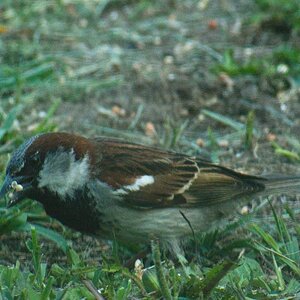
![[No title]](/data/xfmg/thumbnail/37/37603-739c5d9b541a083a12f2f30e45ca2b7b.jpg?1619738147)
![[No title]](/data/xfmg/thumbnail/38/38444-6063bb59cb410c520a1ccccbe58db9c7.jpg?1619738614)
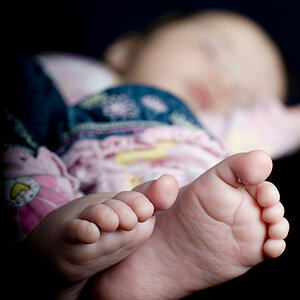
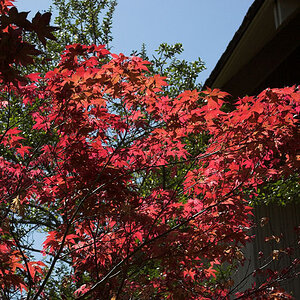
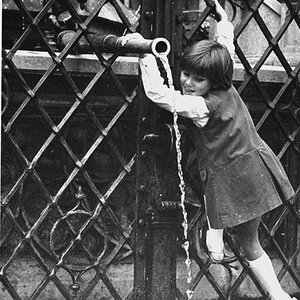
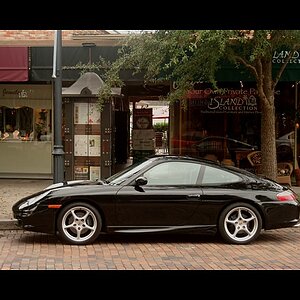
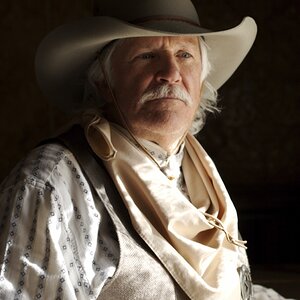
![[No title]](/data/xfmg/thumbnail/42/42021-ffc326f5dc5b4c65ce53935e6e9e4338.jpg?1619739980)
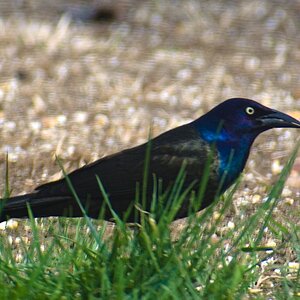
![[No title]](/data/xfmg/thumbnail/37/37492-bafc92488a1ab17e4ca6603ee5b38376.jpg?1619738112)
![[No title]](/data/xfmg/thumbnail/42/42018-14ee16974751322cd63966d43d655995.jpg?1619739979)